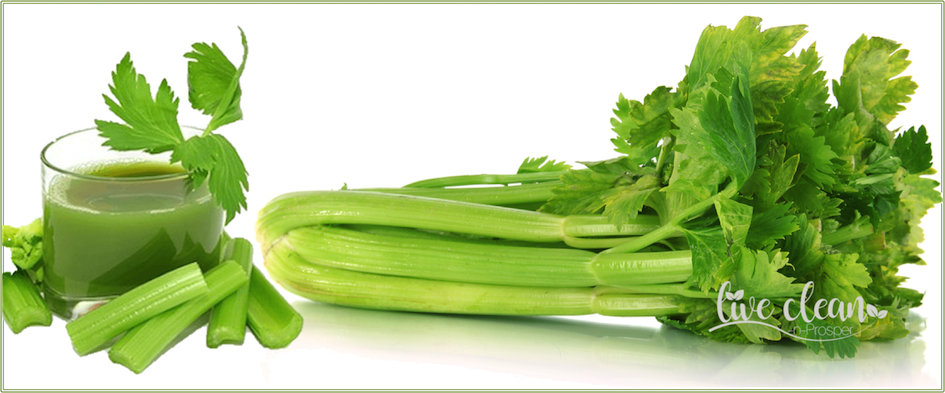Well, according to Saturdays Courier Mail, it’s official. Ladies, red wine and chocolate are healthy! Love it!
I have always said that these 2 items are good for us, as long as they are of good quality and consumed in moderation.
The article states; ‘women are less likely to develop diabetes if they indulge in moderate amounts of red wine and dark chocolate.
A study of 64,000 women found that those who consumed more antioxidants slashed their chances of getting the disease by 27%. The participants consumed 15% of their antioxidants from red wine.’ ‘The study concluded the compounds in wine outweigh the damage of alcohol, provided women consume less than a glass a day.’
Healthy Chocolate
At the beginning of the year I wrote about the many health benefits of raw cacao. One of those being, that Raw Organic Cacao has over 40 times the antioxidants of blueberries. Therefore, to get the most health benefits from chocolate, you have to consume a very dark and preferably ‘raw cacao’ product.
Your average chocolate bar from the service station probably won’t fit the criteria.
Keep in mind that a good quality dark chocolate should contain very little sugar and additives. These ingredients will undo the benefits. I shared my healthy chocolate recipe in February.
Red wine
Grapes are rich in many antioxidants. These include resveratrol, catechin, epicatechin and proanthocyanidins.
These antioxidants, especially resveratrol and proanthocyanidins, are believed to be responsible for the health benefits of red wine.
Proanthocyanidins may reduce oxidative damage in the body. They may also help prevent heart disease and cancer.
Resveratrol is found in grape skin. This antioxidant has been linked with many health benefits, including fighting inflammation and blood clotting. Resveratrol has also been linked with reducing the risk of heart disease and cancer.
Red wine was found to be particularly beneficial to lowering the risk of developing diabetes. The polyphenols in red wine actually help to manage blood sugar levels.
Small amounts of red wine are linked to more health benefits than any other alcoholic beverage.
People who drink approximately 150 ml of red wine a day seem to be at about a 32% lower risk of heart disease than non-drinkers. However, a higher intake increases the risk of heart disease dramatically.
Drinking small amounts of red wine may reduce the risk of heart disease by helping to retain the “good” HDL cholesterol in the blood. Oxidative damage and the oxidation of the “bad” LDL cholesterol may also be reduced by up to 50%
However, there is a fine line between moderate and excessive intake.
Moderate intake of red wine is defined as 1-2 glasses (100 to 200 ml) per day. It is also recommended that you have at least 1–2 days a week without alcohol.
There are, of course, other sources of antioxidants, such as green tea, blueberries and other fruits and vegetables.
However you get your antioxidants, enjoy it.
Till the next post,
Live clean n Prosper.



